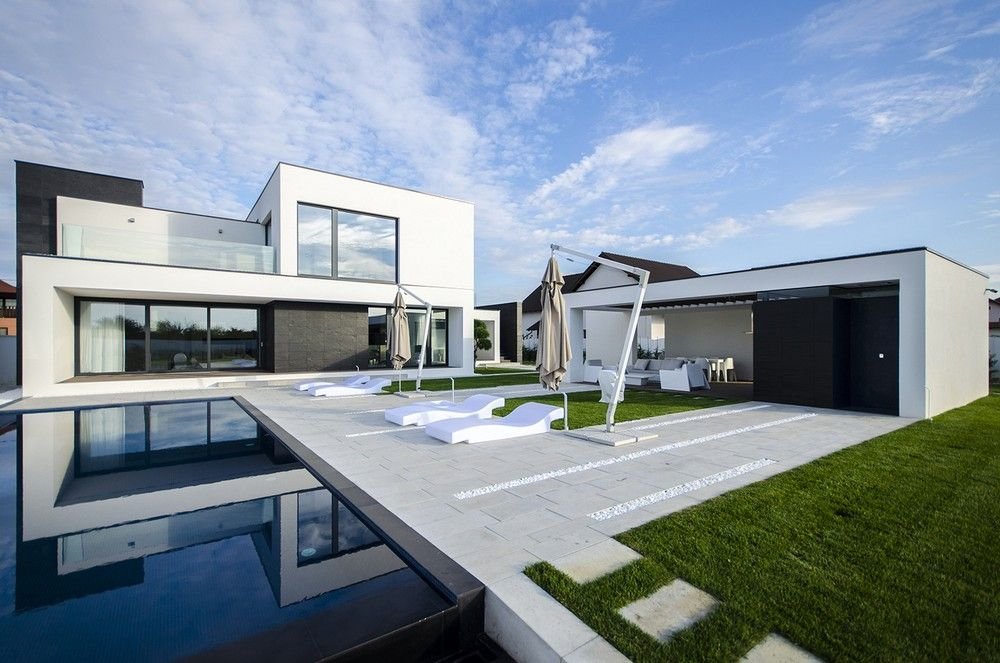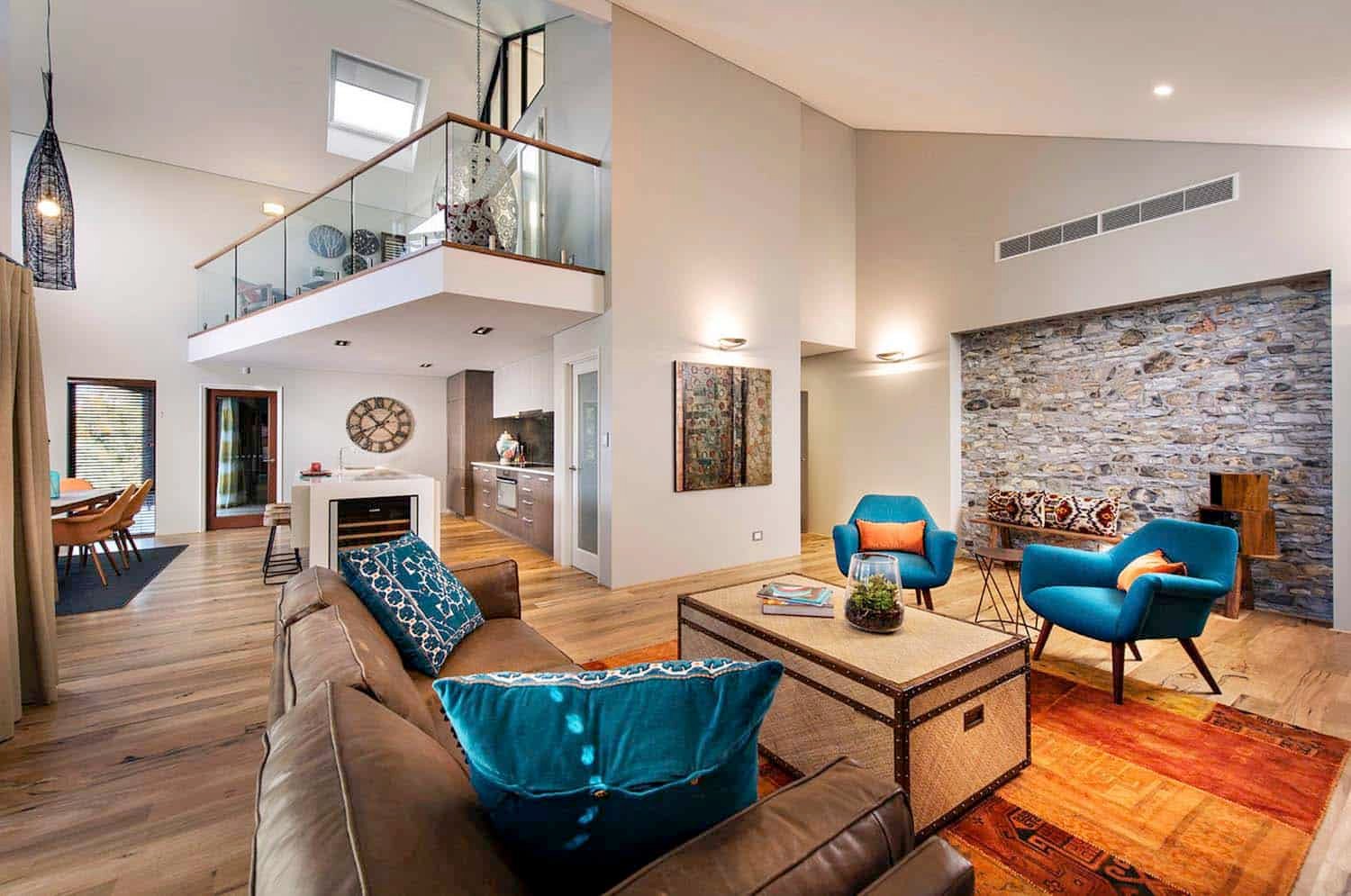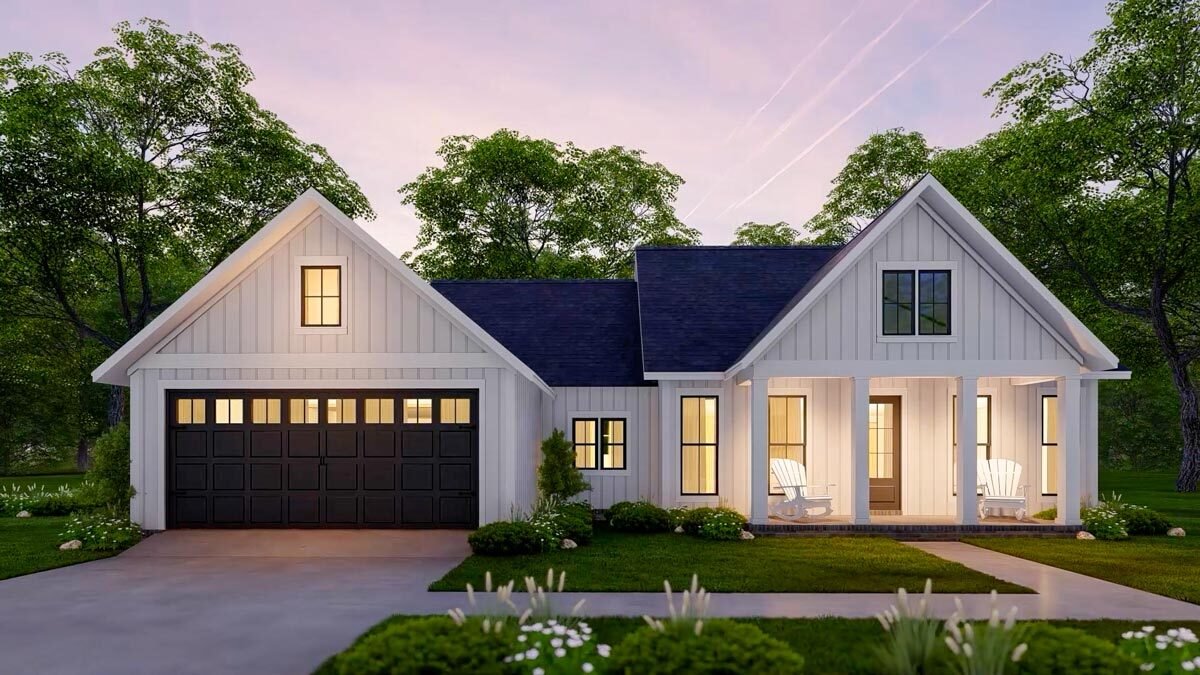As the demand for affordable housing continues to rise in San Diego, the city has implemented new regulations on the construction of Accessory Dwelling Units (ADUs). These units, also known as backyard cottages or granny flats, have become gradually popular as a viable solution to the housing crisis. However, with new laws and regulations governing construction, it’s essential to be informed on local San Siego ADU permit.
From permit requirements to square footage limitations, there are specific guidelines that homeowners must follow when building an ADU. Failure to adhere to these regulations can result in costly fines and delays in construction.
Zoning Requirements
To build an ADU in San Diego, you need to comply with specific zoning requirements. Here are the key regulations and restrictions to consider:
- Zoning Districts: ADUs are allowed in all residential zones, including RS (Residential Single) and RM (Residential Multiple) zones.
- Lot Requirements: The lot size must be at least 5,000 square feet to build an ADU on a single-family lot. Additionally, the property should have a primary residence.
- ADU Size Limitations: The size of an ADU is limited to either 1,200 square feet or up to 50% of the primary residence’s square footage, whichever is less.
- Setback Requirements: ADUs should adhere to specific setback requirements, which vary based on the zoning district and lot size. Typically, there are minimum distances that need to be maintained from property lines, neighboring structures, and certain features like swimming pools.
- Parking Requirements: San Diego’s ADU regulations require the provision of at least one off-street parking space for the ADU. However, there are exceptions if the ADU is within half a mile of a transit stop, in a historic district, or if the lot is located within a specified zone.
Permitting Process
The process of obtaining permits for an ADU construction in San Diego typically involves the following steps:
- Planning and Zoning Approval: Before starting the construction, you must obtain approval from the city’s planning and development services department. This involves reviewing your proposed plans and ensuring compliance with all local regulations.
- Building Permit: After receiving planning and zoning approval, you will need to apply for a building permit. This permit is essential for the actual construction of the ADU.
- Inspections: Throughout the construction process, various inspections will be required to ensure compliance with building codes and safety standards. These inspections may include foundation, framing, plumbing, electrical, and final inspections.
- Certificate of Occupancy: Once the construction is complete and all necessary inspections pass, you will be issued a Certificate of Occupancy. This allows you to occupy and rent out the ADU.
ADUs: Your secret weapon!
ADUs, or Accessory Dwelling Units, are your secret weapon in the fight for more affordable housing. These small but mighty units can be added to your property and provide a wealth of benefits, including extra living space, rental income, and increased property value. But before you jump in and start building, it’s important to understand the local regulations for San Diego ADUs. From zoning requirements to building codes, there are a lot of rules to navigate.
Boost your income with ADUs!
By adding a small rental unit to your backyard, garage, or basement, you can earn extra cash each month without having to leave your home. And with local regulations for San Diego ADUs becoming more flexible, there’s never been a better time to invest in one.
San Diego’s regulations for ADUs may seem like a daunting maze to navigate, but fear not! With a little bit of creativity, you can turn your backyard into a cozy, income-generating oasis. Whether you prefer a sleek and modern design or a charming and rustic one, San Diego’s ADU regulations offer plenty of flexibility to suit your taste.


